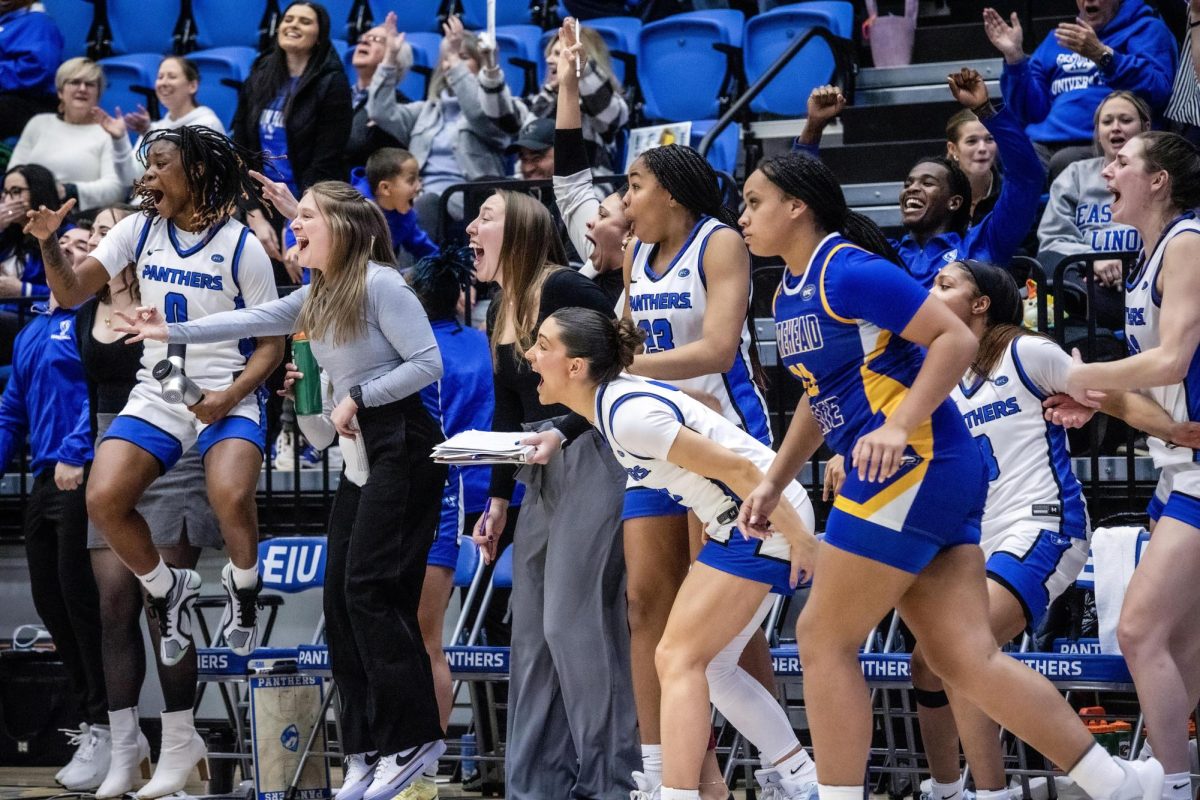Opinion: ‘Horse Girl’ good in theory, bad in practice
February 18, 2020
Watching Netflix’s “Horse Girl” feels like being in a frequent state of confusion, getting annoyed that you can’t make sense of the craziness happening on screen and eventually giving up trying to understand what the hell is going on.
In “Horse Girl,” dreams are hard to distinguish from reality. They both blend in together through a series of mostly effective, but confusing, dreams.
Alison Brie plays a craft store saleswoman named Sarah who lies about her interest in hobbies like “Zumba” to build a façade of normalcy to garner the acceptance of the people she interacts with at work.
The times Sarah is happiest is when she’s with her old horse Willow, now belonging to a protective rider who allows her to visit on occasions.
Sarah has thoughts of the paranormal and clones, often comparing herself to her dead grandmother whom she bears a stark resemblance to.
Sarah’s compulsive ideas of the paranormal and cloning evolves into a strong belief that she is actually a clone of her grandmother.
The rest of the film takes viewers through her complex lucid dreams, which lead her to sleepwalk to different destinations as she confuses reality with fantasy.
“Horse Girl” scores high on a number of essential movie must-haves; its haunting and eclectic score matches the dark tone of the film, the cinematography grips viewers’ attentions and the acting is entertaining and believable, especially thanks to Brie’s sincere performance.
While the film succeeds in many regards, it does sometimes fail to progress its story because of its overcharged and confusingly framed dreams.
The dreams in the film are necessary because they both provide auditory and visual explanations for Sarah drifting from reality into her lucid dreams, and returning back to reality doubting what was real and what wasn’t.
An extremely high positive to these dreams has to be the cooperativeness of the soundtrack with the sometimes distorted and disturbing visuals.
The music during these dream sequences is very alien in itself, emphasizing unsettling combinations of pitches and sounds into a composition that is technologic and bold.
The problem many of Sarah’s dream scenes have has to do with legitimacy and understandability.
Sarah sleepwalks during these dreams; one of the places a dream leads her is a phone booth in a completely random area. Where is this area? Why would she sleepwalk there? We don’t know, and the movie never explains. She just returns home late at night, annoying her roommate.
Before this, she has an episode where she either falls asleep or loses time while she’s on the road in her car and stopped at a stoplight. Imagery of drains flood the screen, and she somehow ends up back in her home. How Sarah gets from point A to point B should make at least some sense or be explained later in the film.
People may make the argument that these dream scenes were meant to appear like she’s being transported by some external force rather than actually walking to the places herself. That would make sense, after all, given her growing paranormal anxiety.
But viewers are led to believe that Sarah’s alien complex is derivative of her declining mental health rather than a plausible reality. So when she sleepwalks from one place to another for no reason and without explanation, it conflicts with viewers’ perception in a bad way
The film’s shallow, easy ending is also a slap in the face. A compelling, somber performance by Brie concluding an underlying theme of the flaws that exist within America’s mental health institutions would’ve been welcome and preferred. Instead, the final climax is empty, easy and cliché. It leaves that all-too-familiar “Was that seriously it?” feeling.
Altogether, “Horse Girl” is an interesting, yet often poorly executed psychological drama that explores an extremely complicated issue: declining mental health in a demanding, impatient and judgmental society. Unfortunately, it falls short of being great because of its confusing dream sequences and lackluster ending.
Logan Raschke is a senior journalism major. She can be reached at 581-2812 or at lrraschke@eiu.edu






![[Thumbnail Edition] Charleston High School sophomore Railyn Cox pitches the ball during Charleston's 8-7 win over Flora High School on Monday, March 31.](https://www.dailyeasternnews.com/wp-content/uploads/2025/04/SBHS_01_O-1-e1743982413843-1200x1023.jpg)
![[Thumbnail Edition] Eastern Illinois softball senior infielder Briana Gonzalez resetting in the batter's box after a pitch at Williams Field during Eastern’s first game against Southeast Missouri State as Eastern split the games as Eastern lost the first game 3-0 and won the second 8-5 on March 28.](https://www.dailyeasternnews.com/wp-content/uploads/2025/04/SBSEMO_11_O-1-e1743993806746-1200x692.jpg)





![[Thumbnail Edition] Junior right-handed Pitcher Lukas Touma catches at the game against Bradley University Tuesday](https://www.dailyeasternnews.com/wp-content/uploads/2025/03/MBSN_14_O-e1743293284377-1200x670.jpg)
![[Thumbnail Edition] Senior Foward Macy McGlone, getsw the ball and gets the point during the first half of the game aginst Western Illinois University,, Eastern Illinois University Lost to Western Illinois University Thursday March 6 20205, 78-75 EIU lost making it the end of their season](https://www.dailyeasternnews.com/wp-content/uploads/2025/03/WBB_OVC_03_O-1-e1743361637111-1200x614.jpg)



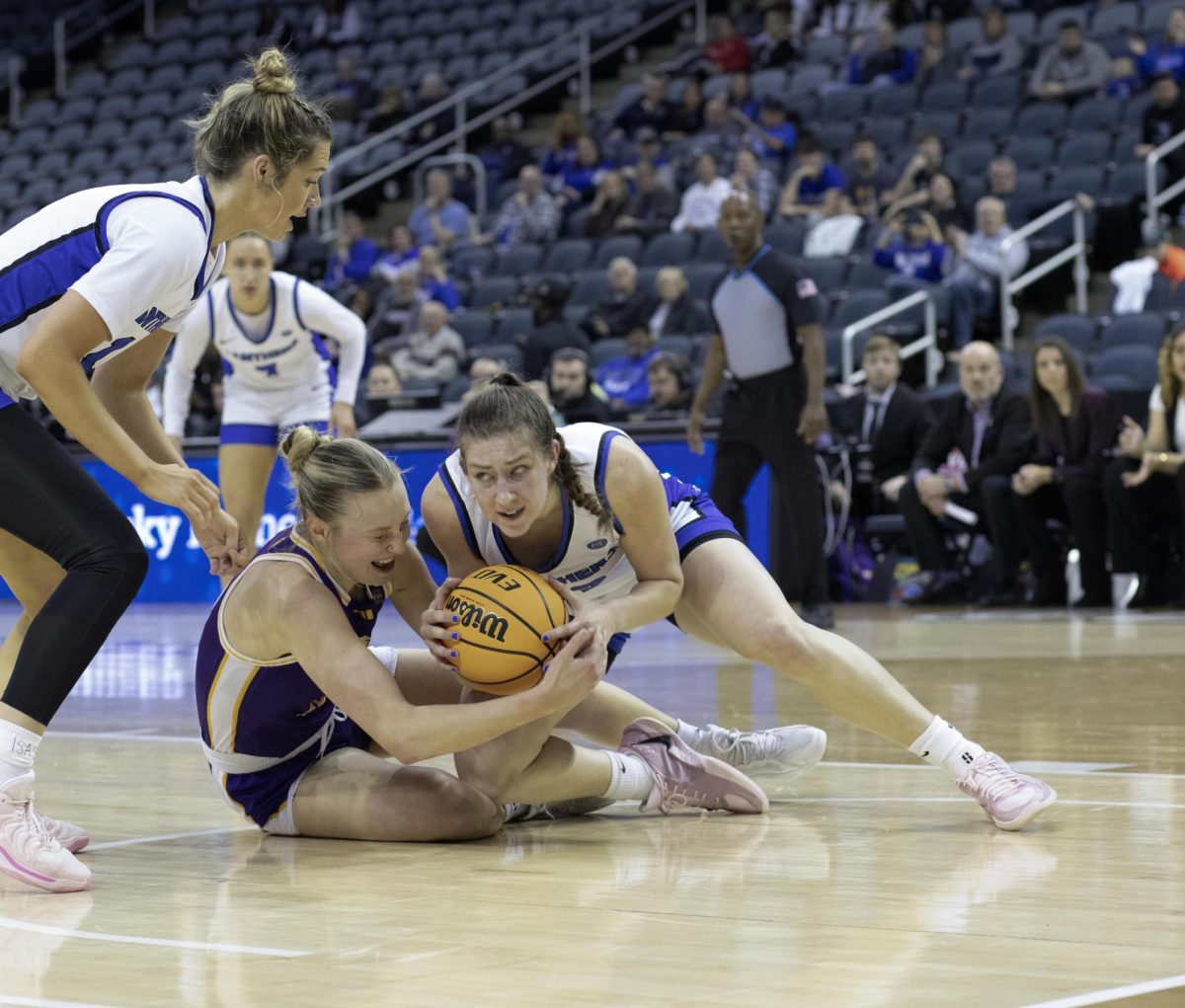



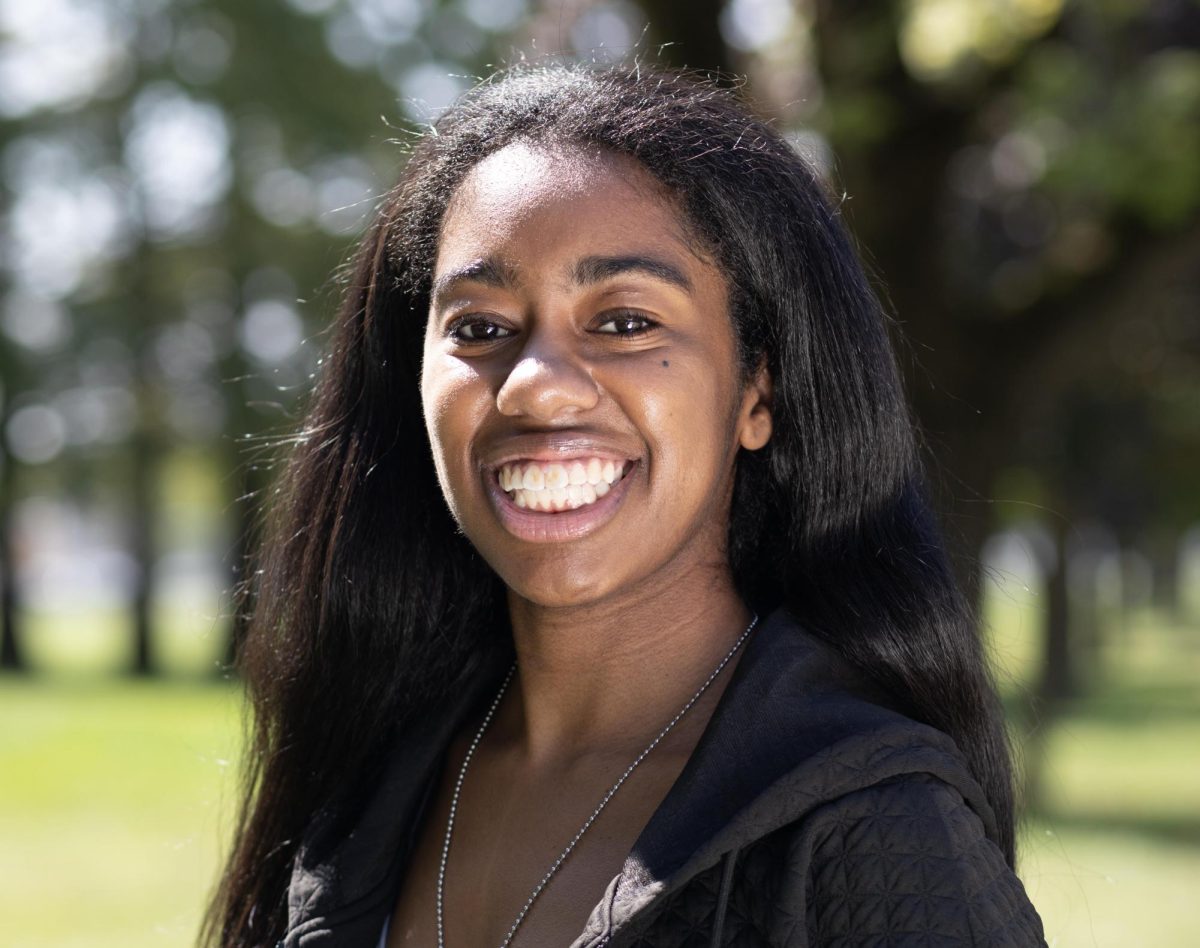








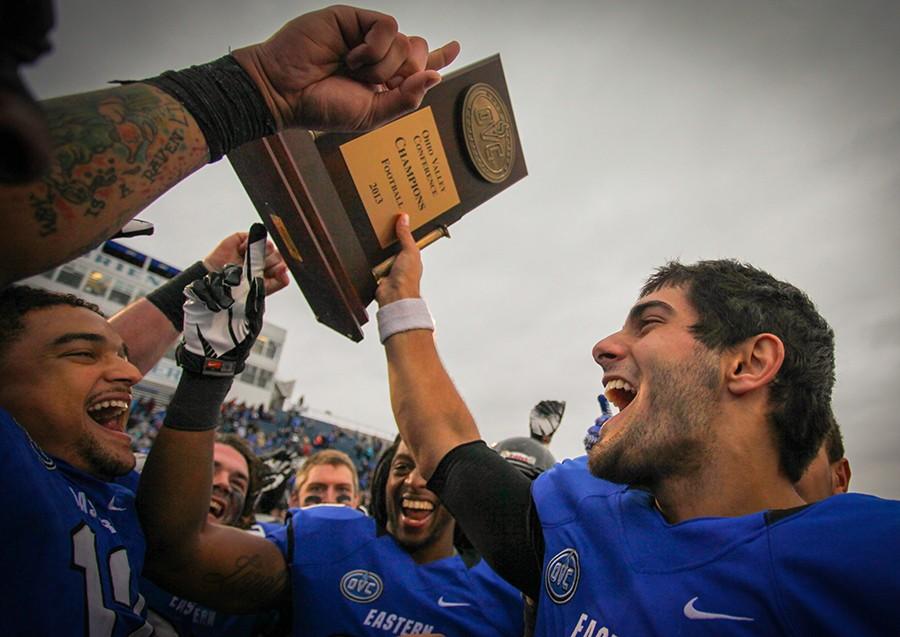















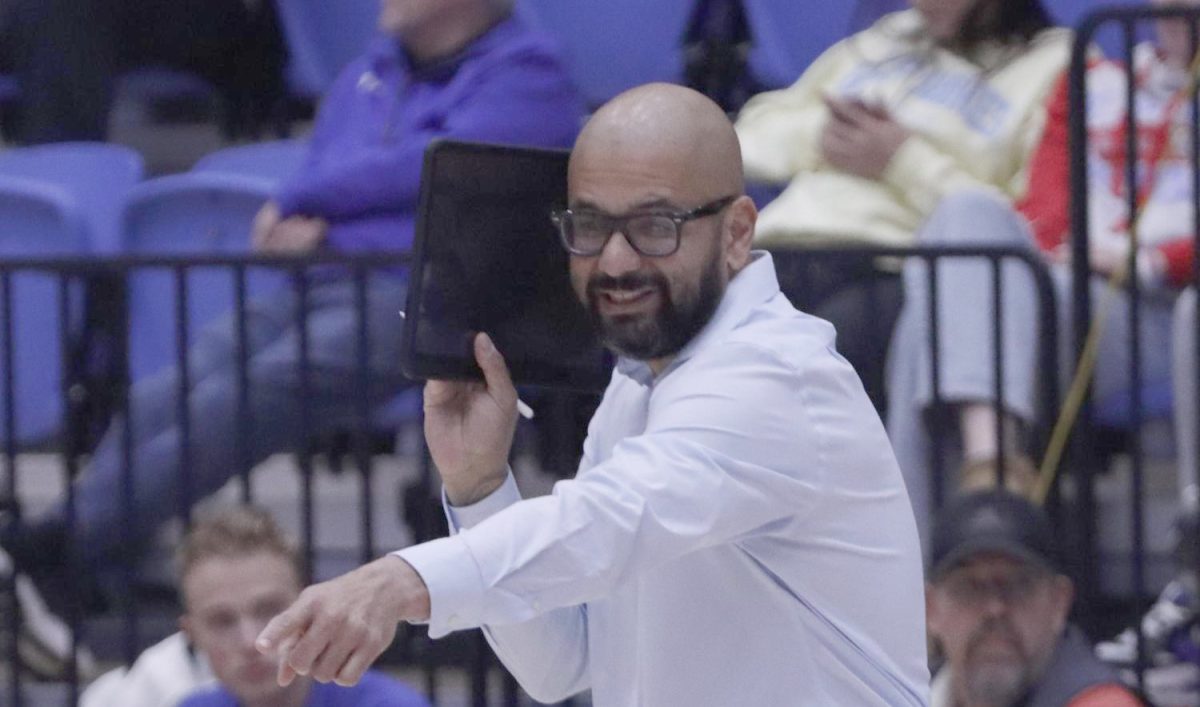





![The Weeklings lead guitarist John Merjave [Left] and guitarist Bob Burger [Right] perform "I Am the Walrus" at The Weeklings Beatles Bash concert in the Dvorak Concert Hall on Saturday.](https://www.dailyeasternnews.com/wp-content/uploads/2025/03/WL_01_O-1200x900.jpg)
![The team listens as its captain Patience Cox [Number 25] lectures to them about what's appropriate to talk about through practice during "The Wolves" on Thursday, March 6, in the Black Box Theatre in the Doudna Fine Arts Center in Charleston, Ill.](https://www.dailyeasternnews.com/wp-content/uploads/2025/03/WolvesPre-12-1200x800.jpg)










